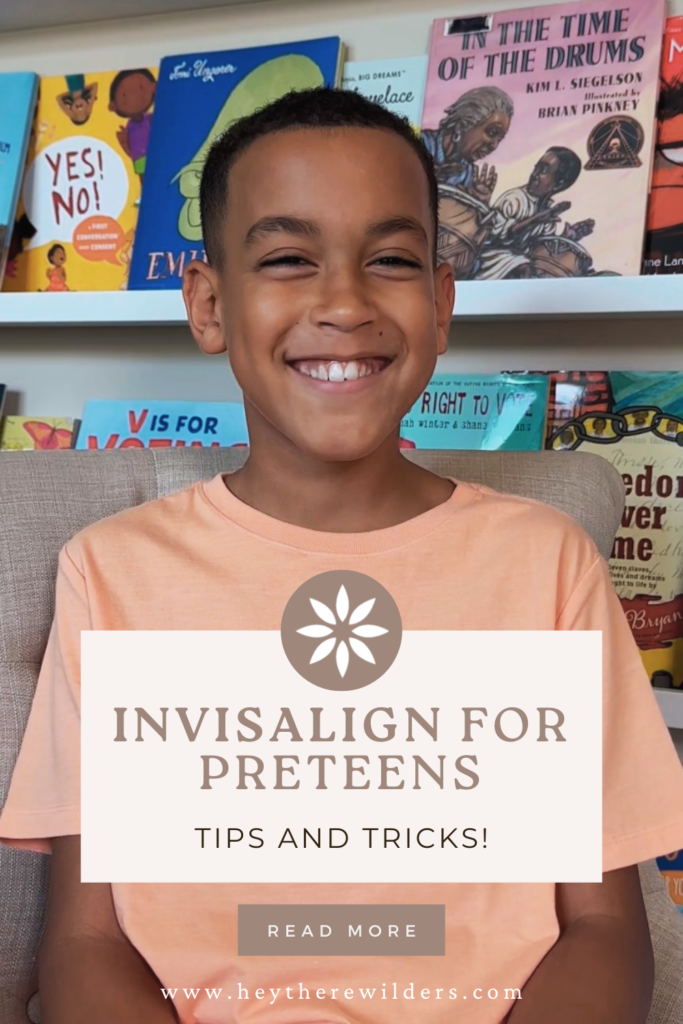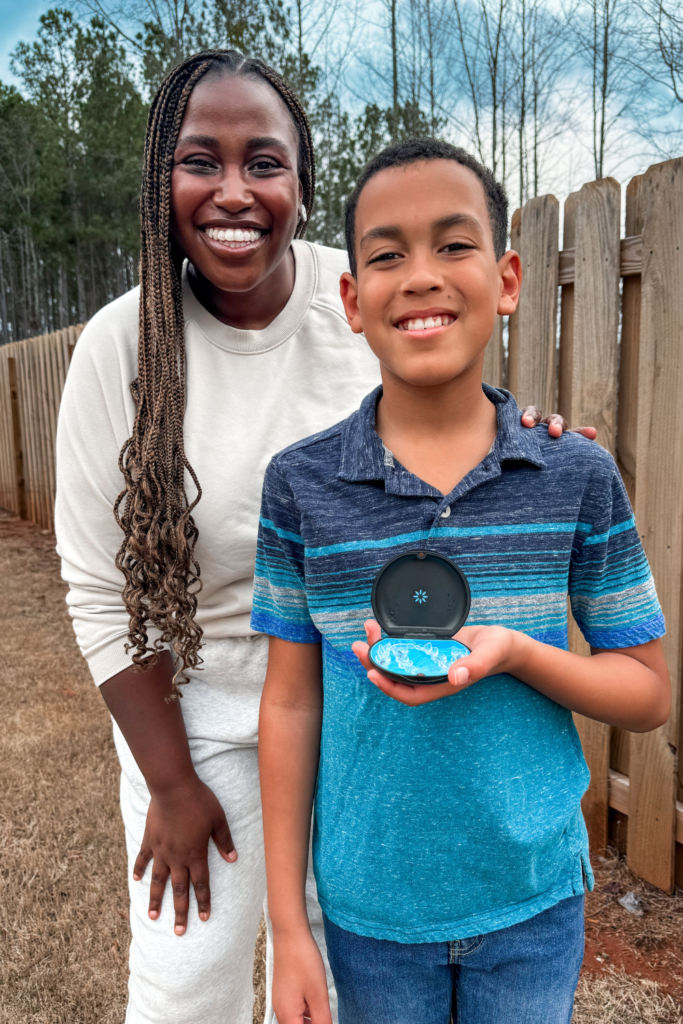
When my preteen’s dentist first brought up Invisalign, I was intrigued but skeptical. The thought of an orthodontic treatment for preteens that could gently straighten teeth without metal wires and brackets sounded amazing—until I saw the price tag. Like many parents, I worried about the cost and how my kid would handle the adjustment. But after diving into research and going through the experience, I can confidently say: Invisalign for preteens was worth it, and the transition wasn’t as hard as I feared.
Here’s everything I’ve learned about making Invisalign for preteens affordable and helping your child adapt smoothly.
Affordability: Breaking Down the Cost of Invisalign for Preteens
First things first—let’s talk about the cost. I know orthodontic treatments can feel overwhelming, but there’s good news:
- Insurance Coverage: Many dental insurance plans cover up to $3,000 for orthodontic treatments, including Invisalign for preteens. A quick call to your insurance provider can help clarify what’s covered.
- HSA/FSA Funds: If you have an HSA (Health Savings Account) or FSA (Flexible Spending Account), you can use those funds to help pay for Invisalign. It’s a great way to ease the financial burden without dipping into your regular budget.
- Monthly Payment Plans: Most orthodontists offer flexible monthly payment plans tailored to fit your budget. Don’t hesitate to ask about them during your consultation.
- Shop Around: Prices can vary significantly from one provider to another. Some orthodontists even run seasonal promotions that saved us a few hundred dollars.

The goal is to make this investment in your child’s smile as stress-free as possible.
Why Invisalign for Preteens is Worth It
When we first started considering Invisalign for our preteen, comfort was one of our biggest concerns. It turns out we had nothing to worry about!
- Less Painful Than Braces: Unlike traditional braces, Invisalign aligners don’t have sharp wires or brackets that can cause cuts or discomfort. My kid experienced minimal discomfort when switching to a new set of aligners, and even that subsided quickly.
- More Comfortable Day-to-Day: No poking wires, no brackets digging into cheeks. My preteen could focus on their day—whether it was school, sports, or hanging out with friends—without worrying about their mouth feeling sore.
- Removable for Easy Oral Hygiene: Brushing and flossing were a breeze. The aligners pop right out, which meant no more struggling with floss threaders. Bonus: their oral hygiene actually improved!
- Faster Treatment Time: Our orthodontist mentioned that Invisalign treatment often works faster than traditional braces. Who doesn’t want a shorter road to a beautiful smile?
- No Emergency Visits: No dreaded moments of a popped bracket or broken wire. With Invisalign, we avoided unexpected trips to the orthodontist altogether.
Tips for Making the Transition Easier
Helping your preteen adjust to Invisalign doesn’t have to be challenging. Here’s what worked for us:
1. Set Up a Routine Early On
One of the best ways to ensure your preteen sticks to wearing their aligners is to build it into their daily routine. For us, it was simple: aligners in after breakfast and again after dinner. A small, dedicated case helped them keep track of their aligners during meals.
2. Involve Your Preteen in the Process
Let your child feel involved. We let our preteen choose their aligner case design and even set small rewards for wearing them consistently. This gave them a sense of ownership over the process.
3. Use a Timer or App
Did you know there’s an app for Invisalign users? It tracks wear time, which can be super motivating for kids. If you’re not into apps, even a simple kitchen timer works to reinforce the 20–22 hours of daily wear needed for effective treatment.
4. Stock Up on Essentials
We kept a stash of travel-sized toothbrushes, toothpaste, and aligner cleaning crystals in their backpack and at home. This made it easy for them to clean their teeth and aligners, no matter where they were.
5. Make a To-Go Bag or Fanny Pack
The very day Panda got his first set of aligners, I gave him a fanny pack with all the daily essentials: a toothbrush, travel-sized toothpaste, mouthwash, floss, and cleaning foam. It made it easy to always have everything needed on hand.
6. Stay Positive
Transitioning to aligners can feel like a big change, but staying upbeat helps. We made a game out of it—each time they completed a treatment phase, we celebrated with a small treat. Seeing their progress kept them motivated and excited.
A Personal Anecdote: Our “Aligner Dance”
One day, my preteen forgot their aligners before a family outing. Instead of getting frustrated, we made it a teachable moment. Now, every time we leave the house, they do a little “aligner dance” (a quick tap on their pockets to check for the case). It’s a silly but effective way to build a habit, and it’s given us plenty of laughs!

Final Thoughts
If you’re on the fence about Invisalign for preteens, I can honestly say it’s been a fantastic choice for our family. The affordability options, combined with the comfort and convenience, make it a win-win.
Remember, every child’s journey is unique. With a little preparation, you’ll both adjust to this new chapter with ease.
Have questions or tips of your own? Drop them in the comments—I’d love to hear from you! Let’s navigate this smile journey together.